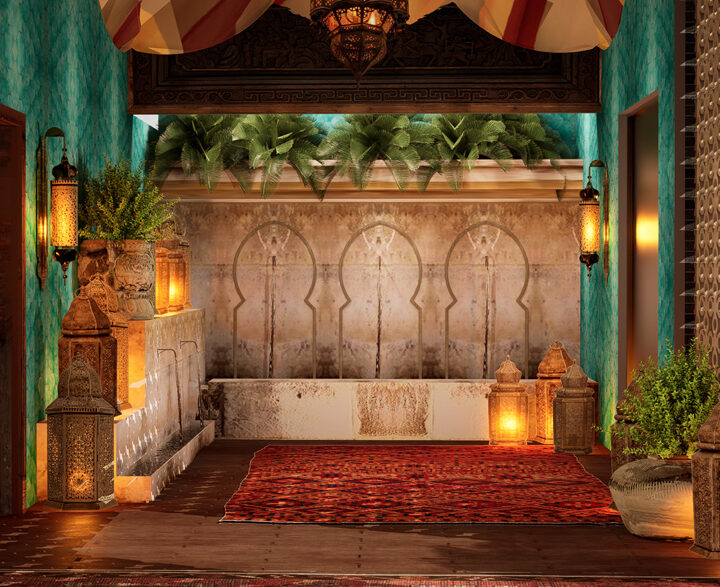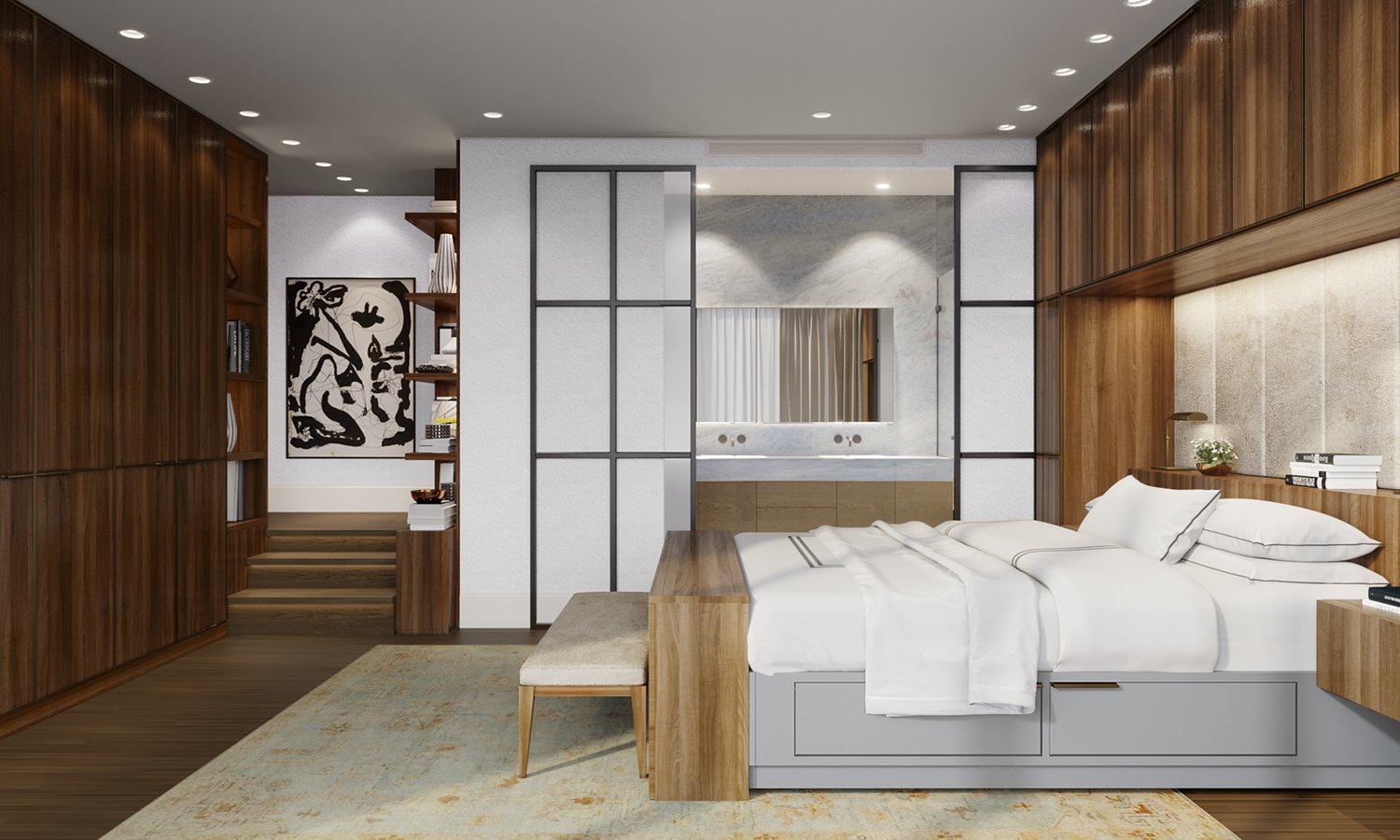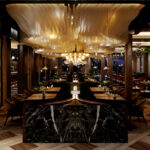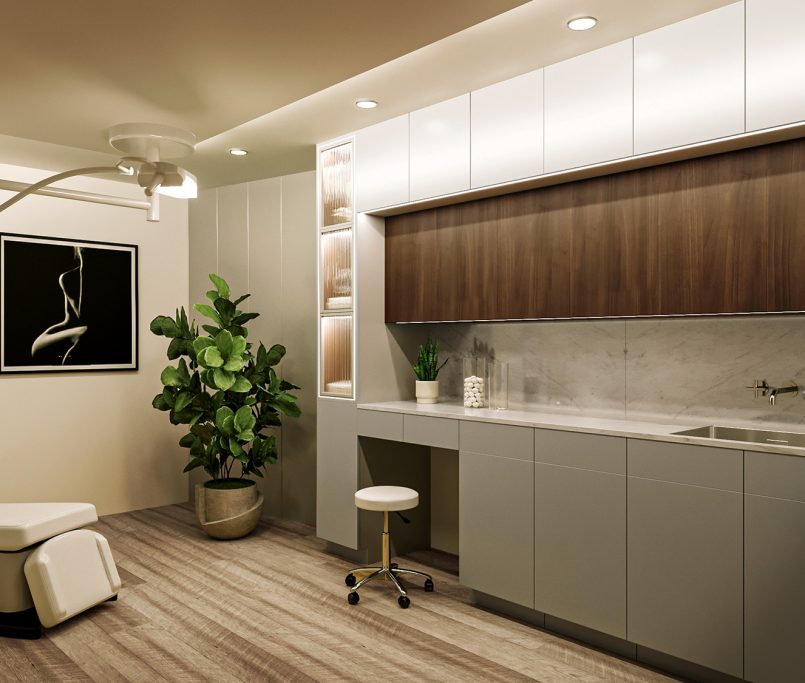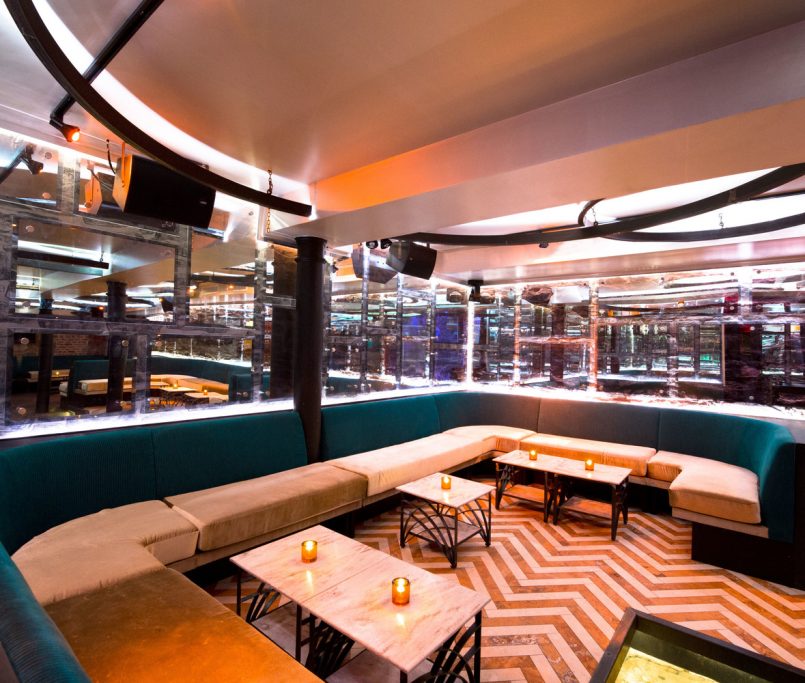The Quiet Luxury Interior Design Ethos
Defining Quiet Luxury
The quiet luxury aesthetic is inspiring many of the world’s most en vogue interior architects at the moment.
Like many emerging trends in interior design, it can be difficult to capture the essence of quiet luxury. Language cannot always do art justice. This type of luxury interior design is also discrete by nature, which can make a definition even more elusive.
The quiet luxury design ethos is simultaneously elegant and refined while remaining organic and earthy. Quality and authenticity take precedence over ostentation. Quiet luxury interior design evokes a sense of understated opulence while it effuses calm and comfort, like piping hot oolong tea in a handmade stoneware mug.
The Quiet Luxury Aesthetic
Keen attention to detail is a hallmark of this style. Color choices, materials, and textures are all chosen with great care, yet the result feels effortless and natural. As if the room just formed itself and fell together on its own, yet nothing is out of place.
The quiet luxury aesthetic is in harmony with the natural world, relying upon natural materials and colors found in nature. It is completely complementary and compatible with biophilic design from the interior architect’s standpoint.
Elements of quiet luxury design include:
- Predominant neutral colors, especially earth tones.
- Extensive use of natural materials and organic mediums.
- Careful, but powerful use of accent color.
- Comforting and inviting spaces designed to be lived in
- Qualities in sync with the natural world, biophilic design, etc.
- Minimalism, but never to the point of feeling sparse or barren.
Quiet Luxury Interior Architecture
An interior built to embody the quiet luxury style will be simple, clean, and uncluttered. The quality and beauty of the natural materials used should shine through. Woodgrain is not hidden. The texture of concrete and the variegations of stone are seen.
Structure and strength are celebrated. Structural elements like support beams, columns, rafters, and the like need not be disguised or hidden. Natural light is always encouraged, but the space should also feel warm, safe, and secure.
A space designed in this style is meant to be lived in and enjoyed. It delivers its own organic ambiance, without ever overshadowing the people or events that occur there. The style overall style is minimalist but never severe or clinical.
The quiet luxury ethos is minimalist in the sense that it judiciously avoids clutter in a way that would please Marie Kondo. But it also eschews the cold artificiality of more conventional postmodern interior design. It is warmer, friendlier minimalism that never feels inhospitable or clinical. Neutral colors dominate, but vibrant colors can be used to accent.
The Quiet Luxury Palette
Neutral colors that evoke the natural world form the canvas here. The quiet luxury style favors a neutral color palette featuring natural grays and warm earthy tones.
Visualize the dark gray, sea-weathered stones blanketing a sandless Greek island beach. The warm caramel tan of a Lotus Biscoff cookie.
Colors that convey serene calm and materials that absorb harsh light. Neutral colors do not have to be predictable or dull. In fact, they can pull a whole room together and help define a space and a mood.
Accent colors are used sparingly but to great effect. A few select objets d’art that introduce a brilliant vermillion or a dazzling chartreuse can be the perfect garnish.
Textiles and Textures
High-quality, natural materials are key elements in this style. An interior architect might begin with features like hardwood floors and stone accent walls. Great attention is paid to textures and materials, but the result always appears both effortless and timeless.
This timeless quality can be accented to perfection by incorporating vintage or antique pieces into the space. A quiet luxury space should not necessarily look as though it “belongs” to a certain decade or era. Neither overtly old-fashioned nor strikingly modern.
Reverence for authentic craftsmanship and materials are central themes. Wool rugs, quality, natural leather, unpainted wood, unpolished stone. Synthetic fibers and plastics and such should be avoided as much as possible.
Quiet Luxury Décor and Furniture
Décor should be minimal and purposeful in this style. Each piece should be chosen for its design and the beauty it adds to the space. This could be a piece of abstract art, a designer lamp, or a treasure found in a favorite vacation destination.
Décor in the quiet luxury style always has purpose and presence, but it never becomes a focal point of the entire room. Furniture should always be comfortable but also exude elegance. Opt for pieces with clean lines and timeless style. The focus is on quality, so think leather armchairs, solid wood tables, and linen sofas.
New World Design Builders Offers Luxury Interior Design and Architecture
If the quiet luxury aesthetic appeals to you, it’s little wonder. The embracing of natural materials, authenticity, and emphasis on quality in the quiet luxury style is quite alluring. It creates an ideal ambiance for a wide range of spaces from spas to restaurants and of course, residential homes.
At New World Design Builders, we are experienced professionals well-versed in the principles of modern architecture and sustainability. Our work embodies the quiet luxury ethos and incorporates biophilic design elements that celebrate the natural world.
We are a full-service design firm that thrives on innovation and creativity. Our gifted architects and designers work closely with owners to bring their vision to life. If you’re ready to start a new design and/or construction project, contact us today at 212-216-9783 about how we can create the perfect space for you.





